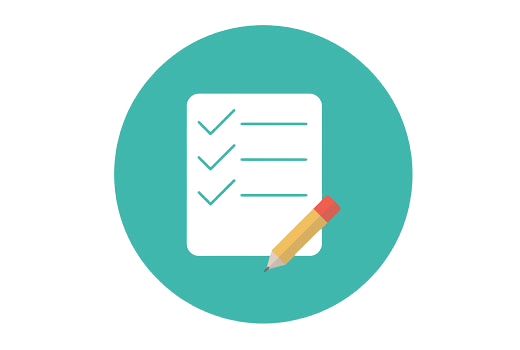Your Shopping Cart

Master Data Science Using Python by enrolling in EDTIA'S Python Certification Training for Data Science Certification Training and upskill your knowledge and technological skill in data science.
This course will help you master Python programming concepts such as data operations, file operations, object-oriented programming, and various Python libraries such as Pandas, Numpy, Matplotlib essential for Data Science.
Data science contains equipping data for analysis, including cleansing, aggregating, and manipulating the data to perform advanced data analysis.
Programmers Developers Technical Leads Architects Developers desiring to be a Machine Learning Engineer Analytics Managers Business Analysts Learning (ML) Techniques Professionals who want to create automatic predictive models
Data scientists analyze which questions need answering and where to find the related data. They have business acumen and analytical skills and can mine, clean, and present data.
Basics of Computer Programming Languages. Fundamentals of Data Analysis Python Statistics for Data Science
Apache Spark is a robust analytics engine, and it is the most used Data Science tool. Spark is specifically created to handle batch processing and Stream Processing.
The primary objective of Data Science is to discover patterns within data. It uses diverse statistical methods to analyze and draw insights from the data. A data scientist must scrutinize the data thoroughly from data extraction, wrangling, and pre-processing.
Data Science is an adaptable field that has found applications in every enterprise, including healthcare, banking, e-commerce, business, and consultancy services.
Learn about the basics of data science.
understand different types of sequence structures, related operations and their usage.
Discover to create generic scripts, how to address errors/exceptions in code, and finally how to extract/filter content using Regex.
Learn the basics of statistics, different types of measures and probability distributions, and the supporting libraries that assist in these operations.
Learn Data Manipulation.
know the concept of Machine Learning and its types.
learn Supervised Learning Techniques and their implementation
understand the impact of dimensions within data. You will be taught to perform factor analysis using PCA and compress sizes.
learn about Unsupervised Learning and the various types of Clustering used to analyze the data.
know Association rules and their extension towards recommendation engines with the Apriori algorithm.
learn about developing an intelligent learning algorithm such that the learning becomes more and more accurate as time passes.
Understand Time Series Analysis to forecast dependent variables based on time. You will be taught different models for time series modelling such that you analyze accurate time-dependent data for forecasting.
Learn to select one model over another, Boost its importance in Machine Learning, convert weaker algorithms into stronger ones.
Edtia Support Unit is available 24/7 to help with your queries during and after completing Python Certification Training for Data Science Training.
Data science does involve coding, and it does not require extensive knowledge of software engineering or advanced programming.
On average base salary is $95,000 per year.
To better understand data Science, one must learn as per the curriculum.
Data Scientist roles and responsibilities include identifying business trends using various techniques to interpret results from multiple data sources through statistical analysis, data aggregation, and data mining.
Yes, data science is a very good career with excellent options for improvement in the future. Already, demand is high, and salaries are competitive.


Every certification training session is followed by a quiz to assess your course learning.

The Mock Tests Are Arranged To Help You Prepare For The Certification Examination.

A lifetime access to LMS is provided where presentations, quizzes, installation guides & class recordings are available.

A 24x7 online support team is available to resolve all your technical queries, through a ticket-based tracking system.

For our learners, we have a community forum that further facilitates learning through peer interaction and knowledge sharing.

Successfully complete your final course project and Edtia will provide you with a completion certification.
You will receive Edtia Python Certification Training for Data Science Training certification on completing live online instructor-led classes. After completing Python Certification Training for Data Science course module, you will receive the certificate.
A Python Certification Training for Data Science certificate is a certification that verifies that the holder has the knowledge and skills required to work with Data science technology.
By enrolling in Python Certification Training for Data Science Training Certification course and completing the module, you can get Edtia Python Certification Training for Data Science Training Certification.
Yes, Access to the course material will be available for a lifetime once you have enrolled in the Edita Python Certification Training for Data Science Training Certification Course.
